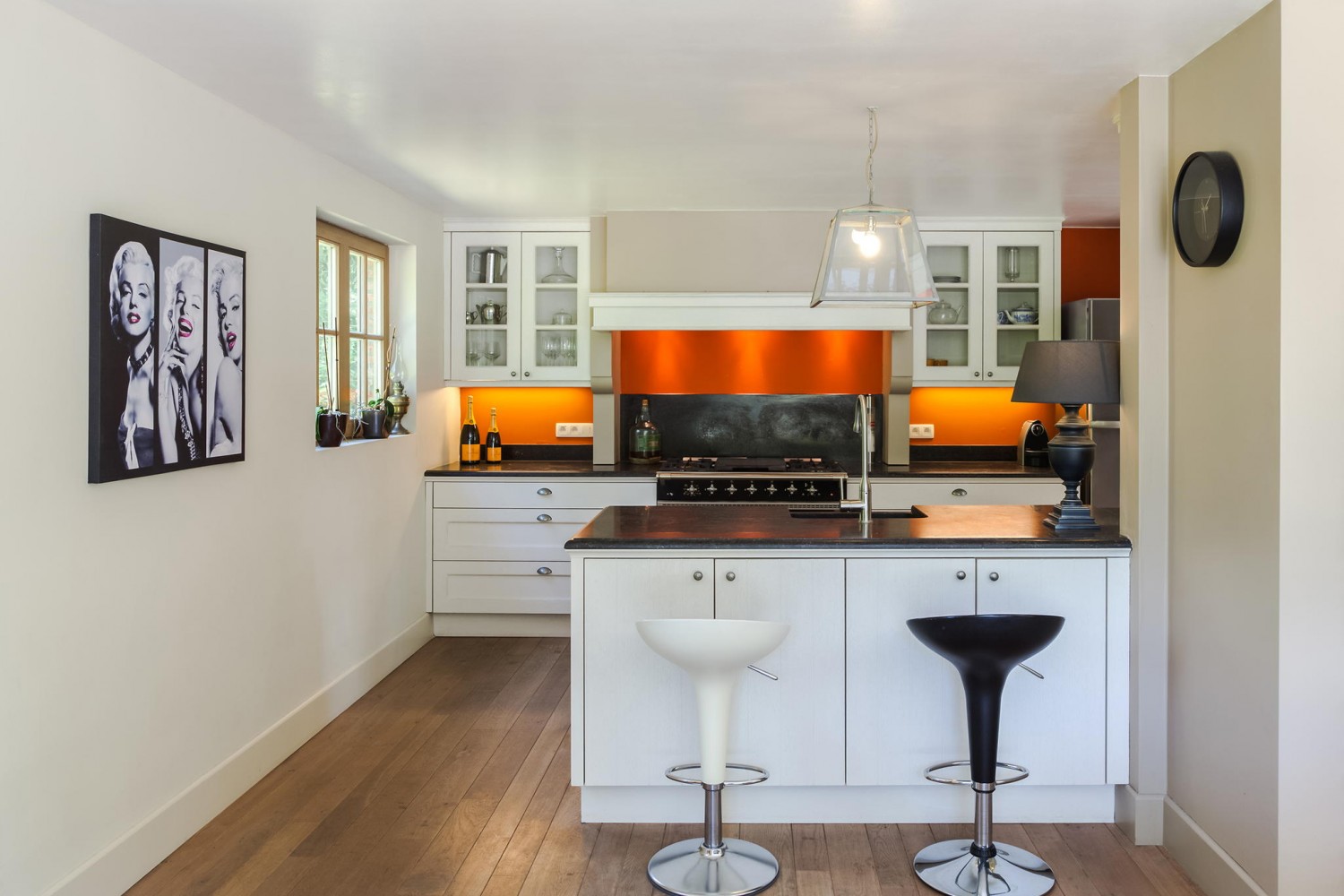A Step-By-Step Overview To Fixing Vintage Cabinets
A Step-By-Step Overview To Fixing Vintage Cabinets
Blog Article
Material Develop By-Snider Donnelly
To begin the trip of restoring antique cabinets, you require a keen eye for detail. Imagine revealing covert keys within each layer of background embedded in the wood. Suggested Looking at of reviving a once-forgotten item to its previous glory. Every step of this careful process holds the essential to maintaining the past while developing a future treasure. So, are you prepared to embark on this transformative venture and unlock the possibility of your antique closets?
Evaluating the Cupboard's Problem
When starting the repair procedure, begin by examining the problem of the antique cupboard. Very carefully examine the overall framework for any kind of signs of damage such as splits, chips, or loosened joints. Inspect the timber for any rot, warping, or insect invasion that may have happened over time. It's important to identify the degree of the repair needed before proceeding better.
Next off, inspect the closet's hardware such as joints, handles, and locks. Make note of any kind of missing out on pieces or parts that require repair service or substitute. Guarantee that all equipment is operating properly and safely connected to the closet.
In addition, review the cupboard's finish. Search for any kind of scratches, discolorations, or staining that might affect the aesthetic charm. Determine if the finish needs to be removed and reapplied or if a simple touch-up will certainly be enough.
Gathering the Required Devices and Materials
After analyzing the condition of the antique cupboard, the next action is to collect the essential devices and products for the reconstruction process. Prior to you start, ensure you have the following things handy:
- timber cleaner
- sandpaper in different grits
- wood filler
- paint or timber discolor
- brushes
- handwear covers
- safety and security goggles
- a dirt mask
- a drop cloth
- a putty knife
- a hammer
- a screwdriver
- a hoover
These tools and materials are important for a successful reconstruction.
Timber cleaner is crucial for eliminating years of dirt and gunk buildup, preparing the surface for sanding. Sandpaper of different grits helps in smoothing out blemishes and preparing the wood for a brand-new finish. Wood filler comes in handy for fixing any kind of fractures, holes, or damages existing in the closet.
Paint or timber stain, in addition to brushes, permit you to customize the cabinet to your choice. Keep in mind to use gloves, safety and security goggles, and a dust mask for security. Set a drop cloth to safeguard your workplace, and make use of a hoover to tidy up any particles.
With these tools and materials collected, you prepare to start the restoration process.
Carrying Out the Reconstruction Refine
To successfully implement the repair process on your antique closet, begin by thoroughly cleansing the surface with the timber cleaner. This action is vital as it aids get rid of years of dirt, crud, and old polish that might have collected externally.
Once the closet is tidy and completely dry, assess the problem of the wood. Try to find Suggested Online site of splits, scratches, or various other damages that need to be addressed. https://top-rated-home-inspectors56543.digitollblog.com/27638642/observe-the-advancement-our-custom-closet-job-showcase-tracing-the-path-from-ideas-to-installment to repair any kind of flaws, making certain to match the filler shade to the timber tone for a seamless coating.
After the repair work have actually dried out, gently sand the entire surface to produce a smooth and also base for the new finish. Beware not to sand as well strongly, as you do not want to harm the timber underneath.
As soon as the sanding is full, use a wood discolor or finish of your option, following the maker's directions. Enable the finish to completely dry totally prior to using a safety leading layer to make certain the longevity of your restored antique closet.
Conclusion
Now that you have finished the reconstruction process, your antique cupboard looks comparable to brand-new.
By following the detailed guide, you were able to examine, fix, and boost its condition effortlessly.
With a fresh surface and safety top layer, your treasured piece will remain to beam for many years to come.
Appreciate the charm of your brought back antique cabinet!
